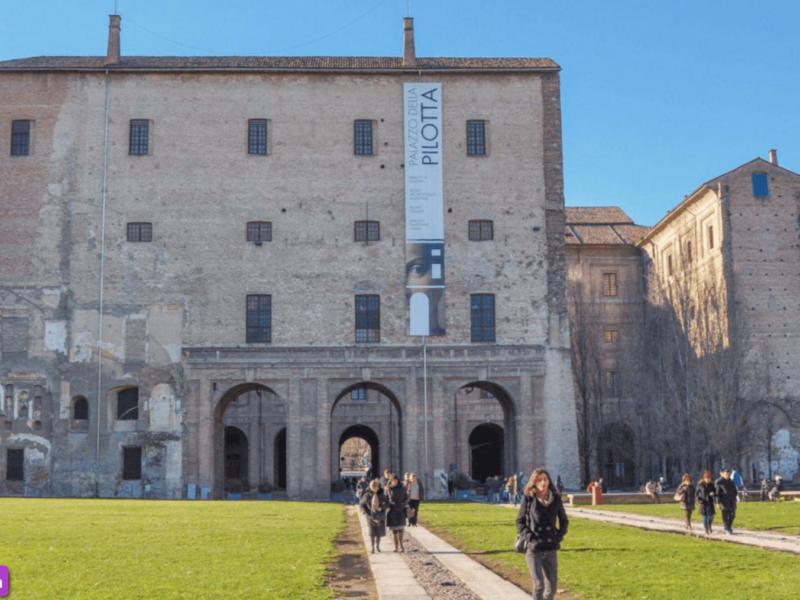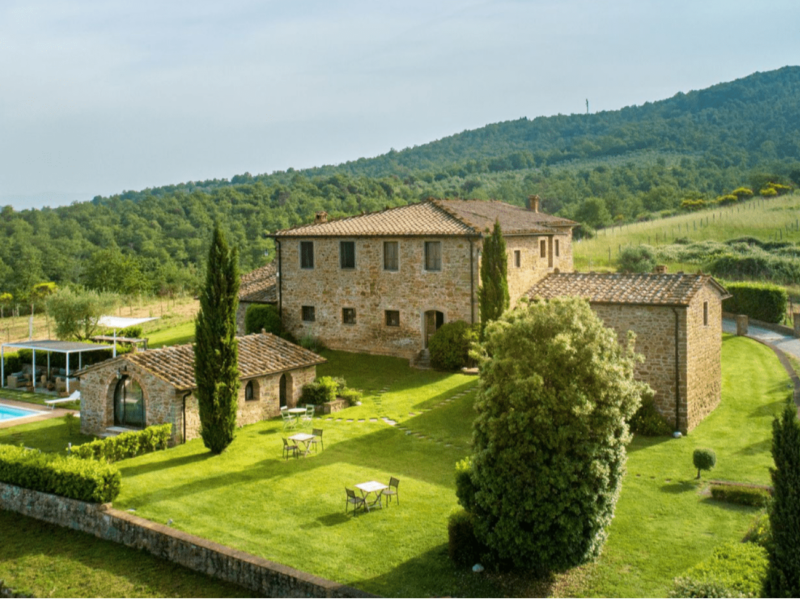Tokyo, Japan’s capital, boasts a rich cultural heritage reflected in its diverse annual events. The city’s cultural calendar encompasses traditional festivals and contemporary exhibitions, offering insights into both historical and modern Japanese society. Traditional Japanese festivals, or matsuri, form a significant part of Tokyo’s cultural landscape.
These events occur throughout the year, providing opportunities to experience authentic Japanese customs. Notable examples include the spring cherry blossom festivals and summer festivals featuring traditional dance and music performances. In addition to traditional celebrations, Tokyo hosts numerous modern cultural events.
Art exhibitions, music concerts, and film festivals showcase contemporary Japanese creativity and its intersection with global influences. These events demonstrate how traditional Japanese elements are reinterpreted in modern contexts, offering a comprehensive view of the city’s evolving cultural identity. Understanding Tokyo’s cultural calendar is crucial for visitors and residents alike, as it provides a framework for experiencing the city’s unique blend of tradition and innovation.
By participating in these events, one can gain a deeper appreciation for Japanese culture and its ongoing evolution in the urban setting of Tokyo.
Key Takeaways
- Tokyo’s cultural calendar is filled with traditional festivals, art events, and performing arts shows throughout the year.
- Traditional festivals and events in Tokyo offer a glimpse into the city’s rich cultural heritage and provide unique experiences for visitors.
- Tokyo’s museum and art scene is diverse and vibrant, offering a wide range of exhibitions and collections to explore.
- Sampling local cuisine in Tokyo is a must, as the city is known for its culinary traditions and diverse food options.
- Experiencing traditional performing arts in Tokyo, such as kabuki and Noh theater, provides a deeper understanding of Japanese culture and history.
Exploring Traditional Festivals and Events
Traditional Festivals
One of the most iconic festivals in Tokyo is the Sanja Matsuri, held in Asakusa in May. This lively festival features traditional mikoshi (portable shrine) parades, taiko drum performances, and traditional street food stalls. Another popular festival is the Sumidagawa Fireworks Festival, held in July along the Sumida River. This spectacular event features a stunning display of fireworks that light up the night sky, accompanied by traditional music and dance performances.
Celebrating the Arts
In addition to traditional festivals, Tokyo also hosts a number of cultural events that celebrate the arts and crafts of Japan. The Tokyo National Museum holds regular exhibitions showcasing traditional Japanese art, including ukiyo-e woodblock prints, ceramics, and calligraphy. Visitors can also experience traditional Japanese performing arts, such as kabuki and noh theater, at venues like the Kabukiza Theatre in Ginza.
Immersing in Japanese Culture
These events provide a unique opportunity to immerse oneself in the rich cultural heritage of Japan and gain a deeper understanding of its traditions. By participating in these festivals and events, visitors can develop a deeper appreciation for Japanese culture and create unforgettable memories of their time in Tokyo.
Navigating the City’s Museum and Art Scene

Tokyo’s museum and art scene is a vibrant and diverse landscape that offers something for everyone, from traditional art enthusiasts to contemporary art aficionados. The city is home to a wide range of museums and galleries that showcase both Japanese and international art, providing visitors with a comprehensive overview of the country’s artistic heritage. The Tokyo National Museum, located in Ueno Park, is one of the city’s most important cultural institutions, housing an extensive collection of Japanese art, including ancient artifacts, samurai swords, and Buddhist sculptures.
For those interested in contemporary art, Tokyo’s art galleries offer a wealth of cutting-edge exhibitions and installations. The Roppongi district is particularly known for its contemporary art scene, with galleries like the Mori Art Museum and the Suntory Museum of Art showcasing works by both Japanese and international artists. In addition to traditional art forms, Tokyo also embraces modern art movements, such as manga and anime, which have had a significant impact on global popular culture.
Visitors can explore the world of manga at the Kyoto International Manga Museum or attend anime-themed events at venues like Akihabara’s Electric Town.
Sampling Local Cuisine and Culinary Traditions
| Country | Local Dish | Ingredients | Preparation |
|---|---|---|---|
| Italy | Pasta Carbonara | Pasta, eggs, guanciale, pecorino cheese, black pepper | Boil pasta, cook guanciale, mix eggs and cheese, combine all ingredients |
| Japan | Sushi | Rice, fish, seaweed, vegetables | Cook rice, slice fish and vegetables, roll in seaweed |
| Mexico | Tacos al Pastor | Marinated pork, pineapple, onion, cilantro, tortillas | Marinate pork, grill with pineapple, serve in tortillas with onion and cilantro |
Tokyo’s culinary scene is a reflection of its rich cultural heritage, blending traditional Japanese cuisine with modern culinary innovations. The city is home to a wide variety of dining experiences, from Michelin-starred restaurants to humble street food stalls, offering visitors a chance to sample the diverse flavors of Japanese cuisine. Traditional dishes such as sushi, tempura, and ramen are widely available throughout the city, with each neighborhood offering its own unique take on these classic dishes.
In addition to traditional Japanese cuisine, Tokyo also boasts a thriving food culture that embraces international influences. Visitors can explore the bustling food markets of Tsukiji or Toyosu to sample fresh seafood and local delicacies, or visit neighborhoods like Shin-Okubo to experience Korean cuisine. The city also offers a wide range of dining experiences, from kaiseki (traditional multi-course meals) to izakaya (Japanese gastropubs), providing visitors with an opportunity to immerse themselves in the culinary traditions of Japan.
Experiencing Traditional Performing Arts
Tokyo is a hub for traditional Japanese performing arts, offering visitors a chance to experience the country’s rich cultural heritage through dance, theater, and music. One of the most iconic forms of traditional Japanese theater is kabuki, which dates back over 400 years and continues to captivate audiences with its elaborate costumes, dramatic storytelling, and stylized performances. The Kabukiza Theatre in Ginza is one of Tokyo’s most famous venues for kabuki performances, offering daily shows that showcase this timeless art form.
Another important aspect of Tokyo’s performing arts scene is noh theater, a highly stylized form of classical Japanese musical drama that has been designated as an Intangible Cultural Heritage by UNESCO. Visitors can experience noh performances at venues like the National Noh Theatre in Shibuya or attend workshops to gain a deeper understanding of this ancient art form. In addition to theater, Tokyo also offers opportunities to experience traditional Japanese dance, such as the elegant movements of geisha performances in the historic district of Asakusa.
Engaging with Local Communities and Neighborhoods

Immersing in Local Neighborhoods
Each neighborhood in Tokyo has its own unique character and history, offering visitors a chance to immerse themselves in the local way of life. For example, the historic district of Yanaka is known for its traditional atmosphere, with narrow streets lined with old wooden houses, temples, and artisan workshops.
Discovering Hidden Gems
Visitors can explore the area on foot to discover hidden gems such as small museums, traditional sweet shops, and charming cafes. In contrast, neighborhoods like Harajuku and Shibuya offer a glimpse into Tokyo’s modern youth culture, with vibrant street fashion, trendy boutiques, and quirky cafes.
Experiencing Community Events and Festivals
In addition to shopping and dining, Tokyo’s neighborhoods also host a variety of community events and festivals throughout the year, providing visitors with an opportunity to connect with local residents and gain insight into their way of life.
Finding the Perfect Balance of Tradition and Modernity
Tokyo is a city that seamlessly blends tradition with modernity, offering visitors a unique opportunity to experience both aspects of Japanese culture side by side. From ancient temples nestled among skyscrapers to traditional tea houses next to trendy cafes, Tokyo presents a harmonious fusion of old and new. Visitors can explore historic landmarks such as Senso-ji Temple in Asakusa or Meiji Shrine in Harajuku to gain insight into Japan’s spiritual traditions, while also experiencing cutting-edge technology at attractions like the teamLab Borderless digital art museum.
In addition to architectural contrasts, Tokyo’s cultural landscape reflects a balance between tradition and modernity through its diverse range of entertainment options. Visitors can attend sumo wrestling matches at Ryogoku Kokugikan or watch baseball games at the iconic Tokyo Dome to witness Japan’s enduring love for traditional sports. At the same time, they can experience modern pop culture phenomena at themed cafes dedicated to anime and video games or attend live music performances at venues like Shibuya O-East.
Whether it’s exploring historic sites or embracing contemporary trends, Tokyo offers a perfect balance of tradition and modernity that captivates visitors from around the world.
If you’re planning a trip to Tokyo for a cultural experience, you may want to check out this article on the best time to visit the city. According to Air Max Airlines, the best time to visit Tokyo for a cultural experience is during the spring months of March to May, when the cherry blossoms are in full bloom and traditional festivals like Hanami are celebrated. This is a great time to immerse yourself in Japanese culture and witness the beauty of the city.
FAQs
What is the best time to visit Tokyo for a cultural experience?
The best time to visit Tokyo for a cultural experience is during the spring months of March to May, and the autumn months of September to November. During these times, the weather is mild and comfortable, and there are various cultural festivals and events taking place.
What cultural events and festivals can I experience in Tokyo?
Some of the cultural events and festivals you can experience in Tokyo include the Cherry Blossom Festival (Hanami) in spring, the Sanja Matsuri in May, the Sumidagawa Fireworks Festival in July, and the Autumn Festival in November. These events offer a glimpse into traditional Japanese culture and customs.
What are some cultural attractions to visit in Tokyo?
Some cultural attractions to visit in Tokyo include the Meiji Shrine, Senso-ji Temple, the Imperial Palace, the Edo-Tokyo Museum, and the National Museum of Modern Art. These attractions offer insight into Japan’s history, art, and traditions.
What should I consider when planning a trip to Tokyo for a cultural experience?
When planning a trip to Tokyo for a cultural experience, consider researching and scheduling your visit around specific cultural events and festivals. Additionally, be mindful of local customs and etiquette, and consider visiting traditional neighborhoods such as Asakusa and Yanaka to immerse yourself in the local culture.


